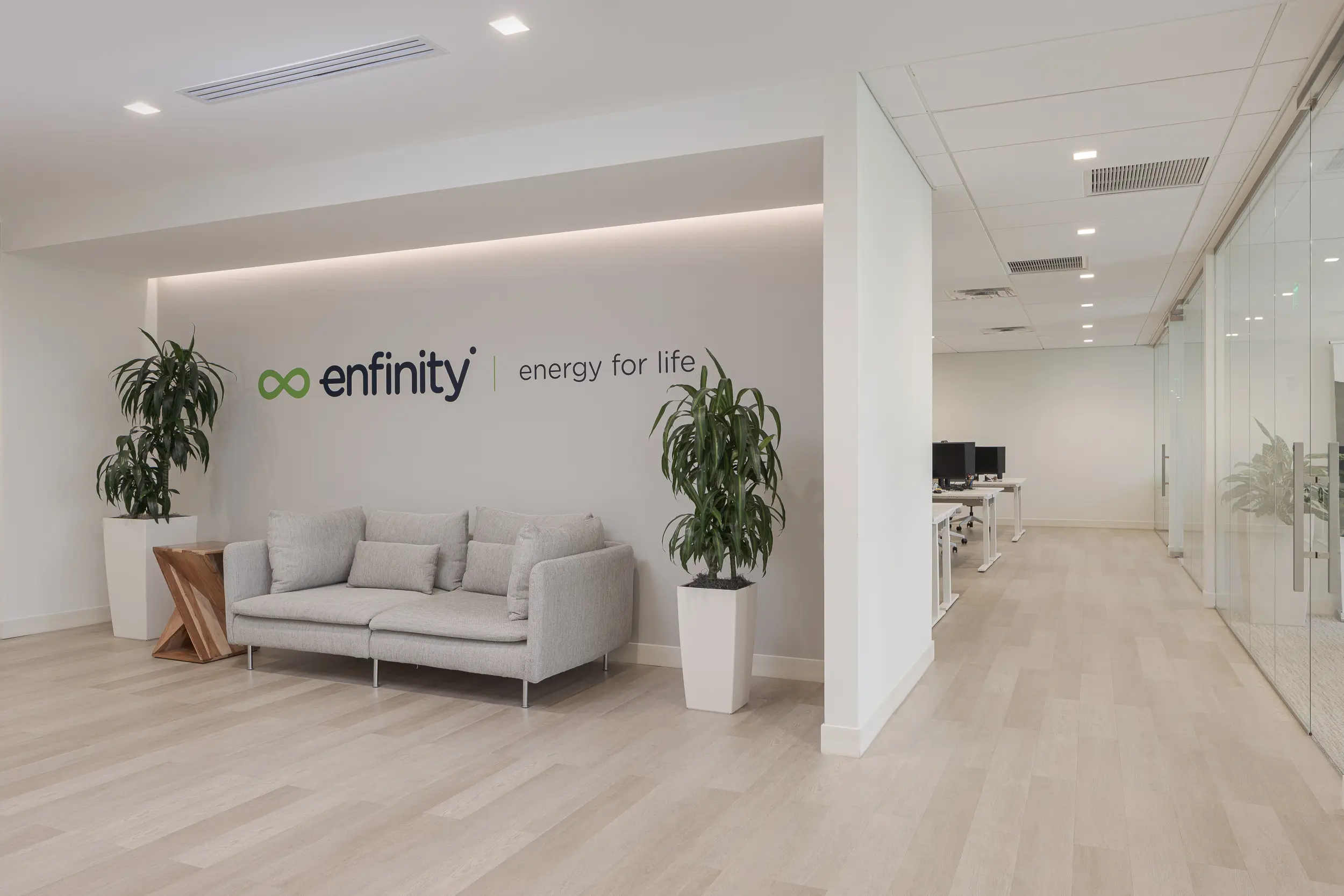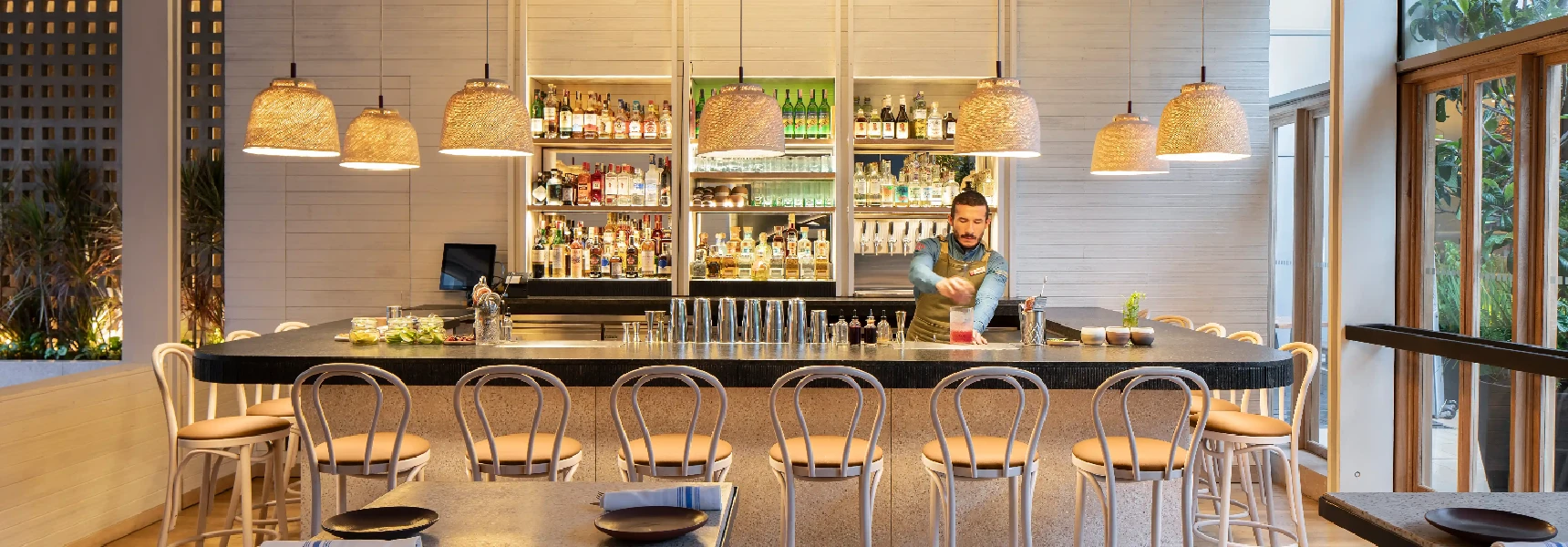Technology
What Brokers Won’t Tell You About Spec Suites But You Need to Know

What Commercial Brokers Really Think About Spec Suites (The Unfiltered Truth)
It’s essential to understand not just what brokers say in sales pitches, but what they actually think.
When you’re weighing whether spec suites are worth including in your commercial property strategy, you need the full picture.
In short: Brokers often see spec suites as useful tools for building occupancy and speed to market, but they know they come with trade-offs and hidden costs that are rarely front and center.
What Spec Suites Are & Why Brokers Like Them
Definition & Purpose: Spec suites are fully built-out office spaces ready for immediate lease, allowing tenants to move in without waiting for custom build-outs.
- Attracting tenants faster:
Turnkey suites appeal to smaller or growing companies who want to minimize delays. - Lower marketing costs:
It is easier to market a tangible, finished product than a raw shell space.
What Brokers Often Won’t Tell You
While they sell the benefits, brokers also recognize the hidden risks involved:
1. Upfront Investment is Higher
Building out a spec suite means paying for finishes, fixtures, and furniture before you have a paying tenant. This ties up capital.
2. Risk of Misalignment
What is “turnkey” for some is inadequate for others. Complaints often crop up about layout or tech—things the landlord assumed were fine.
3. Longer Wait for Premium Rent
Getting “top dollar” often requires letting the tenant build out to their specific specs rather than accepting a generic layout.
4. The “Deal Breaker”: Infrastructure
Flexibility is key. Brokers know that rigid IT, HVAC, or lighting layouts can kill a deal or force costly post-move alterations.
How to Make Spec Suites Work for You
Key Questions to Ask Before Building
- What is your ideal tenant profile, and what are their must-have finishes?
- How quickly do you need to lease the space vs. the cost of standing vacant?
- What is the budget for build-out, upkeep, and refresh over time?
- How adaptable is your building's infrastructure to future changes?
Best Practices from Architects
- Standardize: Build a few suite types rather than many unique ones.
- Durability: Use neutral finishes and modular components.
- Tech-Ready: Incorporate “plug-and-play” systems.
- Staged Customization: Plan for minor tweaks so the base spec remains attractive.
FAQ: The Reality Check
Q: What are the unexpected costs?
A: Utility upgrades, lighting power capacity, aesthetic refreshes, and sometimes code compliance issues (e.g., accessibility).
Q: Do spec suites reduce time to lease in all markets?
A: No. It depends heavily on market demand. It works best where companies prioritize speed over customization.
Q: Will tenants accept generic finishes?
A: Some will. But many expect high standards. Remember: "Generic" cannot mean "cheap."
Q: What’s the biggest deal breaker?
A: Inflexible layout, poor HVAC/lighting control, or insufficient connectivity.
Let’s Evaluate Your Spec-Suite Strategy
The trick is balancing speed, cost, and flexibility so that spec suites don’t just look good on paper, but perform well in practice.
If you want help modeling scenarios or reviewing your finish standards, Ai Spaces can support you.



